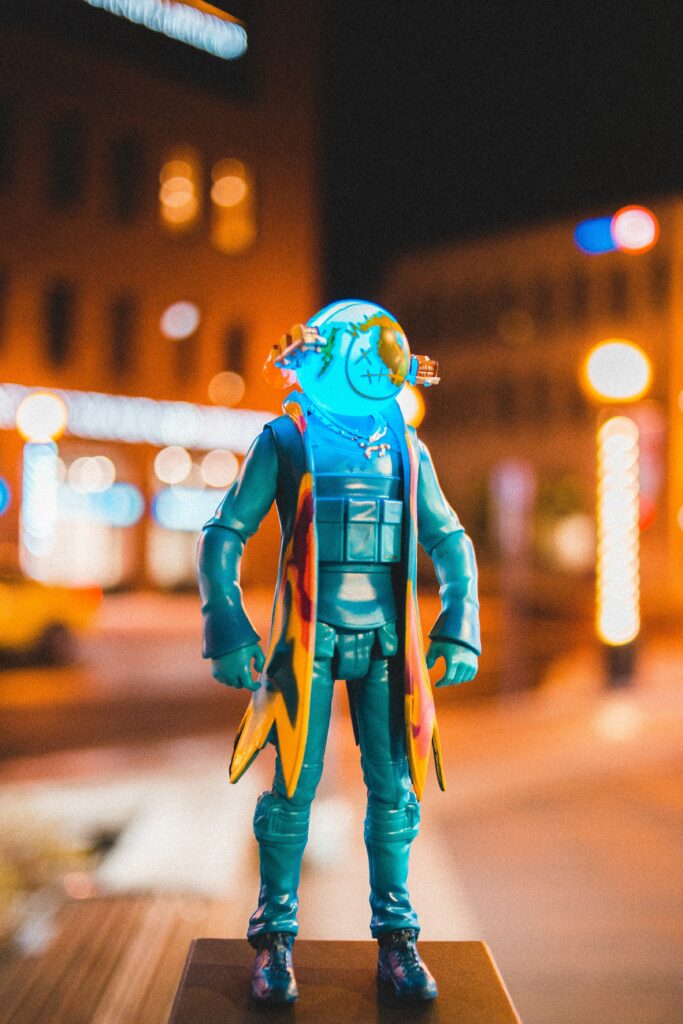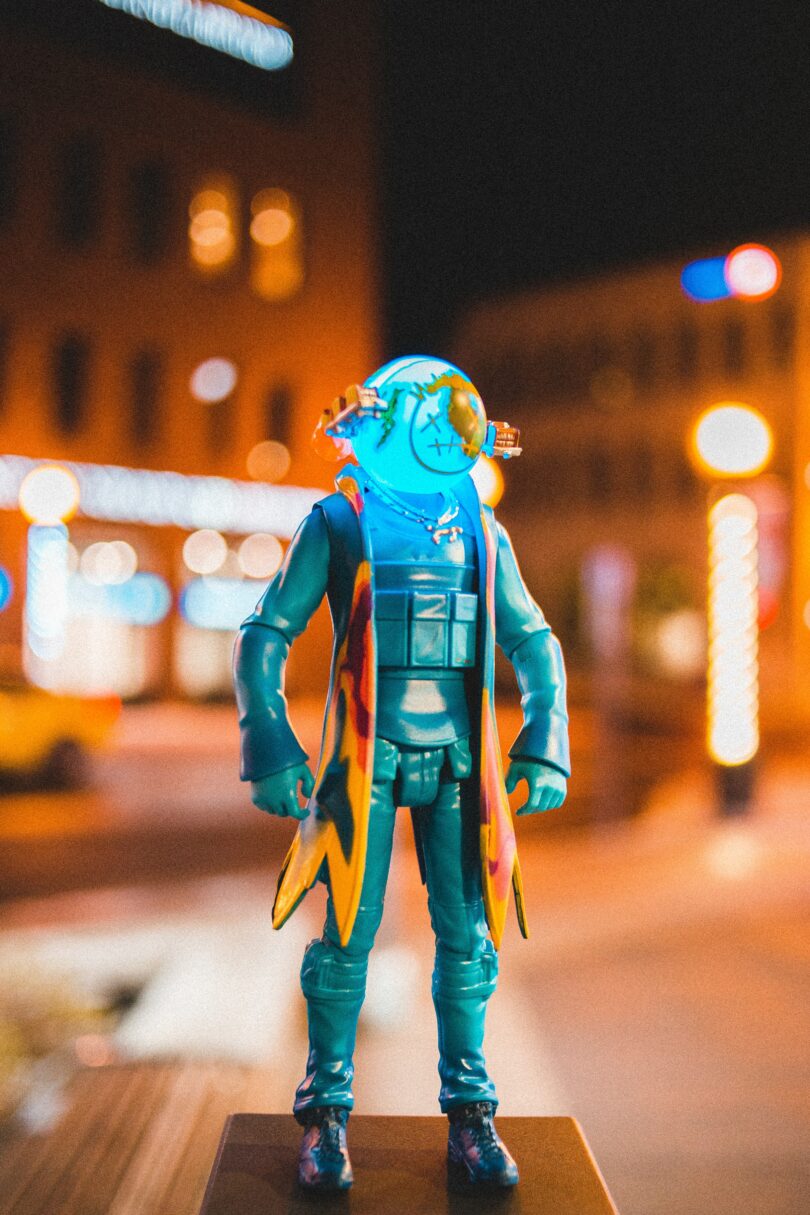The gaming sector has long inspired a passionate response from fans. While fan fiction has been the go-to medium for film and television audiences, it’s fan art that has fired up the imaginations of gaming lovers. Fan art can take many forms, from humble pencil sketches of RPG heroes to photorealistic reimagining’s of iconic video game sequences. In more recent years, artistic gamers have turned to the booming esports sector for inspiration, creating wholly unique pieces that celebrate professional players and entire team rosters.

Fan Art: What’s All the Fuss About?
Fan art has been around in some form since the 1960s. It was franchises like Lord of the Rings, Star Trek, and Star Ways that inspired the first fans to pick up their pencils and start drawing. Without the internet at their disposal, creative fan communities could only share their artworks with like-minded individuals and conventions and trade fairs. To a lesser extent, fanzines were also used as a publishing platform.
Nowadays, it’s far easier for creatives to share their fan art creations with a worldwide audience. Sharing platforms like Pinterest and Behance are go-to choices, while DeviantArt is particularly popular, with more than 61 million registered users. Furthermore, there’s entire communities dedicated to creating fan art for specific games and characters.
Although many creators use fan art to recreate their favorite scenes from games, others use it to present character pairings and events that diverge significantly from the source material. Fan art is regularly deployed by certain sections of video game fandom to promote “shipping” scenarios, bringing together unlikely characters, often in a romantic or erotic context.
When Esports Organizations Fall Foul of the Fan Art Community
Fan art not only depicts in-universe events and iconic video game characters. It’s becoming increasingly common for artists to depict their favorite esports players. Fan art occupies something of a gray area, where, although the content produced isn’t licensed or endorsed, it’s rarely met with copyright infringement claims. In recent years, esports organizations and game design houses have changed tack slightly, encouraging fans to enter their creations into competitions. However, these initiatives haven’t always gone over well.
A case in point is the recent uproar surrounding the Overwatch League and Blizzard’s open call for fan art submissions. On paper, this competition seemed like a good deal for creative gaming fans looking to make a profit from their artwork. The competition clauses made it clear that five winning submissions would pocket $500 apiece. Although some creators scoffed at this modest prize, it’s worth bearing in mind that the majority of the fan art community creates artwork without the prospect of it generating a profit.
To understand the real problems with Blizzard’s fan art competition, you need to delve deep into the fine print. Firstly, Blizzard retained the right to use winning entries on merchandise and licensed products. While $500 might seem like a reasonable amount for a one-off prize, it’s rather paltry when you consider the amount of revenue licensed products will net Blizzard. Furthermore, the company reserves the right to use all submissions, not just winning ones, in future product lines and online campaigns. In other words, unlucky content creators could find their fan art being used to sell products, without earning so much as a cent for their efforts.
If you’re passionate about esports and video games, fan art is an enriching way to turn your interests into a side project. There’s an incredibly active community out there ready to devour your work. Furthermore, provided you can find a competition with fair remuneration, it’s possible to generate some income from your efforts. Looking for inspiration? Find the latest LoL schedule here and think about recreating a tournament final in digital art form.
This post is part of a sponsored content initiative, but falls in line with out TLS ethics and values.








